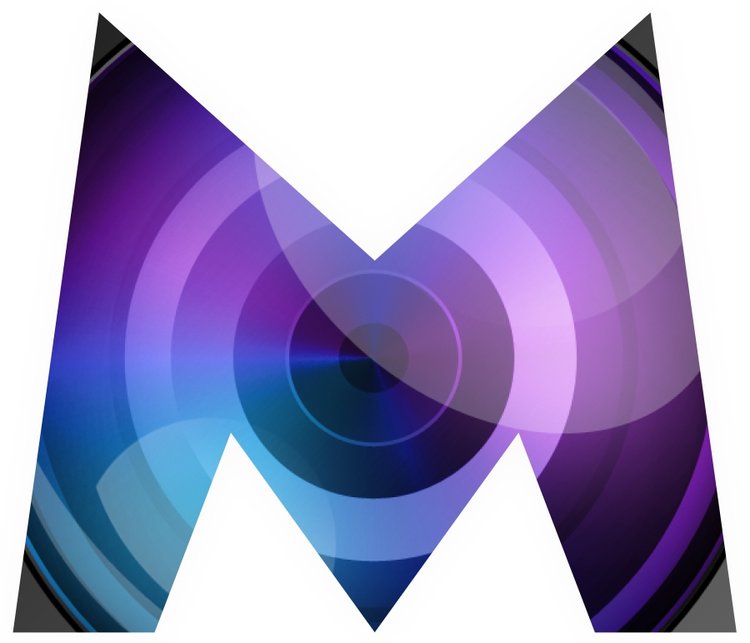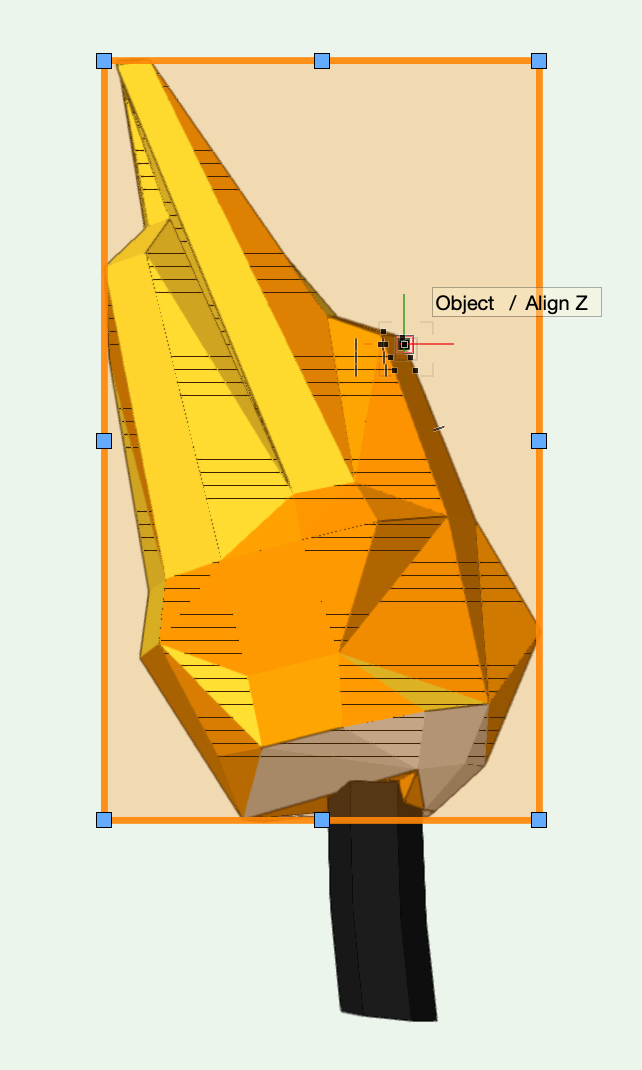For this project, I wanted to further explore using the diffusion of a shade made of vellum and containing the shaping the light in a different manner from the cat project.
To start out I knew I wanted to work with the platonic solids and first looked towards google poly for the shapes and began to create the foldable model using Slicer by Fusion 360. I was having some issues with exporting the model and my attention was focused on finishing up on my Thesis these past few weeks, so paused efforts until I was reminded of an older tool named Template Maker in class by Aiden Lincoln, who was also focusing on the platonic solids for his project.
I had decided that I would use sacred geometry patters as inspiration and was inspired by a Processing Art Rotate & Scale video by THEDOTISBLACK Creative Coding to use as the framework for the design. I had done a previous project with Processing to export svg files, so used that as well as a few lines from Tom’s example to create the below.
I took a series of image grabs from a few different sketches:
And decided to move forward using this sketch as the basis for the design:
Using Adobe Illustrator, I merged and reduced the code-generated image.
Since a dodecahedron is a three dimensional object formed with 12 pentagons, it made sense to then create a clipping mask of the above design to fit this form.
I had some experience using dichromatic acrylics last semester and wanted to find another use for the film this semester. I purchased a roll from amazon that could easily be cut on the vector cutter.
Using the Cricut Maker to cut the graphic
Not all cuts were successful and I learned that I could not count on the cutter and this material to consistently cut. Think 2x material to yield correct amount to produce with half. The material easily tears and even on a softer cut still would get ripped off the cutting mat from times.
Next, back to the modeling of the platonic solid of the decahedron I augmented the below template to work better as a lampshade.
And added numbers as a guide
Then, printing on a smaller scale, built the decahedron using cardstock and cut out two pentagons to create two pieces to cut the vellum out of and assemble. No photos of the cube were taken, but below are the disassembled pieces that i used as a model to create the structure of the frame as well (using black, red, and blue lines).
Using the above models, I then created the framing using matboard of the below vector.
Now that the pieces were in place, I began assembly.
And gluing the film
When it came to the second piece of the shade, I learned from the previous piece to apply the film before adding the structural pieces. The film itself is difficult to place as it does have a light adhesive. I used E6000 adhesive to adhere the film to the vellum and Gorilla Wood Glue to connect the vellum to structure and vellum to vellum.
Before assembling the two pieces to create the shade, I also wanted to use the inside of the lampshade as an opportunity to capture reflections. Within that, using a diffraction grating film that to create a spectrum reflection from the top/bottom of the shade.
When assembling, I realized a vulnerability in my design for connecting the shade to the lamp and had to redesign the connection. The new design is much better and has a stronger foundation, allowing for the shade to sit at the correct height with the bulb.
Just for fun I placed a sheet of diffraction gradient over the top of the lamp to see the below. No reflection effects were noticable.
All and all, I’m happy with the final product of the shade. I would probably use a different base going forward, but with the limitations due to the current situation, this was one that seemed like a good choice.











































































